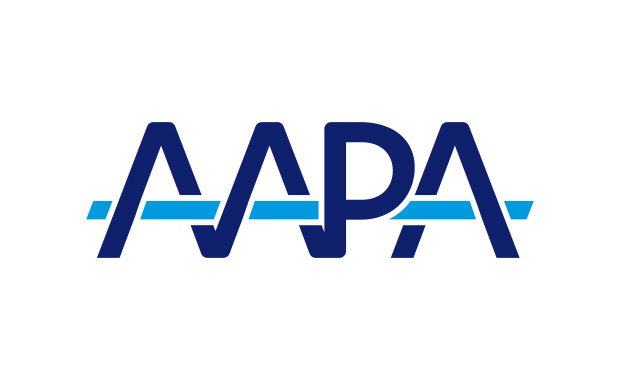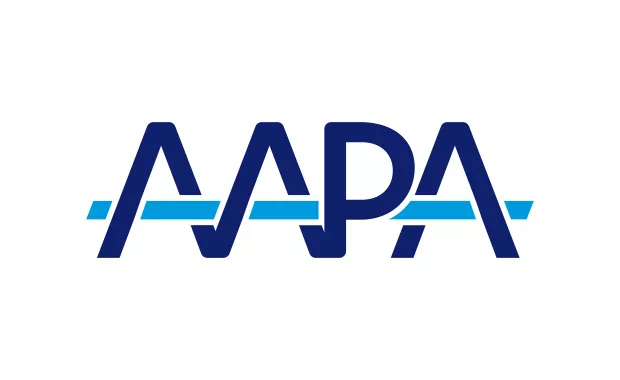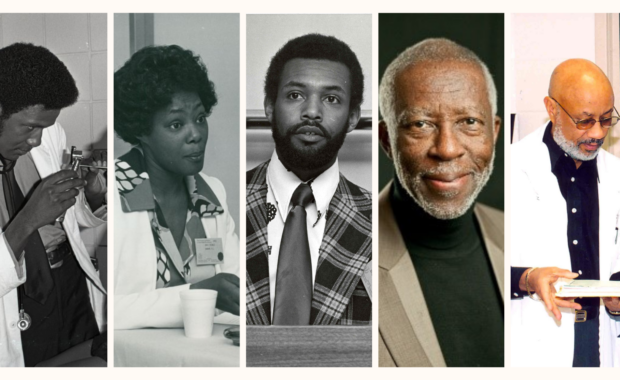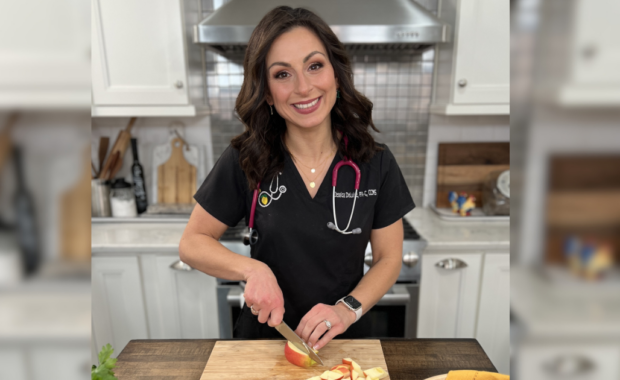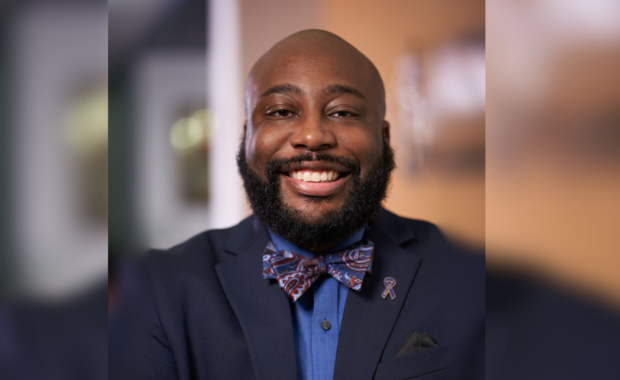New Federal Rule Allows PAs at OTPs to Order Methadone
On February 2, SAMHSA and HHS issued a new final rule that changes the definition of providers who are able to order the dispensing of methadone at opioid treatment programs, consistent with DEA licensing and state law, to include PAs at opioid treatment programs.
February 13, 2024
